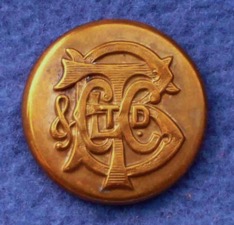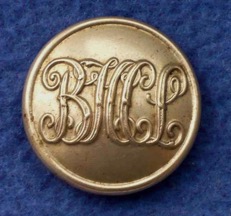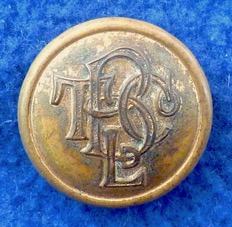Bristol Tramways
Owner Bristol Corporation (initial Redland route only); Bristol Tramways Company Ltd (subsequent routes)
Opened 9th August 1875 (horse)
Operator (lessee) Bristol Tramways Company Ltd (builder and owner of subsequent routes)
Took over (track) 1882 (from Bristol Corporation - Redland route)
Amalgamated 1st October 1887 (with the Bristol Cab Company [cab and vehicle hire firm]) to form the Bristol Tramways and Carriage Company Ltd
First electric route 14th October 1895
Last horse tram 21st December 1900
Taken over 1929 (controlling interest acquired by the Great Western Railway)
Taken over 1st October 1931 (controlling interest sold to the Western National Omnibus Company Limited, a subsidiary of Thomas Tilling Limited in which the GWR also had an interest)
Took over December 1936 (Bath Electric Tramways Limited)
Took over 17th April 1937 (Weston-super-Mare and District Tramways [electric]) - system immediately closed and service replaced with buses
Taken over 1st October 1937 (Bristol Joint Services, a joint undertaking of Bristol Corporation and the Bristol Tramways and Carriage Company Ltd)
Closed 12th April 1941 (due to enemy action)
Length 31.10 miles
Gauge 4ft 8½ins
Button description (Pattern 1) Monogram of interwoven initials, ‘BT&CCLTD’
Materials known Brass
Button Line reference [113/15A]
Button description (Pattern 2) Elaborate script initials, 'BTCCL', within a raised rim
Materials known Brass; nickel; chrome
Button Line reference [113/15B]
Comments The Pattern 1 button is certainly a good candidate for the button used during the horse-tram era, though hard evidence in support of its use is unfortunately lacking. Although it has frequently been sold as an issue of the Bristol Tramways and Carriage Company Limited, there remains a slight possibility that it is an issue of the Bristol and Taunton Canal Company Limited; I am however inclined to disagree with the latter, as the frequency with which it turns up would tend to suggest a much larger concern than a canal company. As far as the Pattern 2 button is concerned, this was definitely used by the company, the only question being how early it made an appearance. A reasonable assumption would be that it was introduced at the inauguration of electric services in 1895.
The last button is a potential candidate for a Bristol Tramways Company button
The Bristol Tramways and Carriage Company Ltd was dominated by the Bristol-based entrepreneur Sir George White (elevated to a baronet in 1904) and the 'White' family, as well as many of their friends and close associates. Sir George White was chairman of the company from 1900 until his death in 1916, running the company along with the White-family dominated Imperial Tramways Company (control gained in 1892). He also drove the founding of London United Tramways (1894), before going on to launch the Bristol Aeroplane Company in 1910 and Bristol Motors (cars, lorries and buses) two years later. Sir George's nephew also played a key role, initially by representing the family on the LUT board, and later as Chairman of both Bristol Tramways and the ITCo. The family sold their controlling interest in the Bristol Tramways and Carriage Company Ltd in 1929, and the ITCo was officially liquidated the following year.


